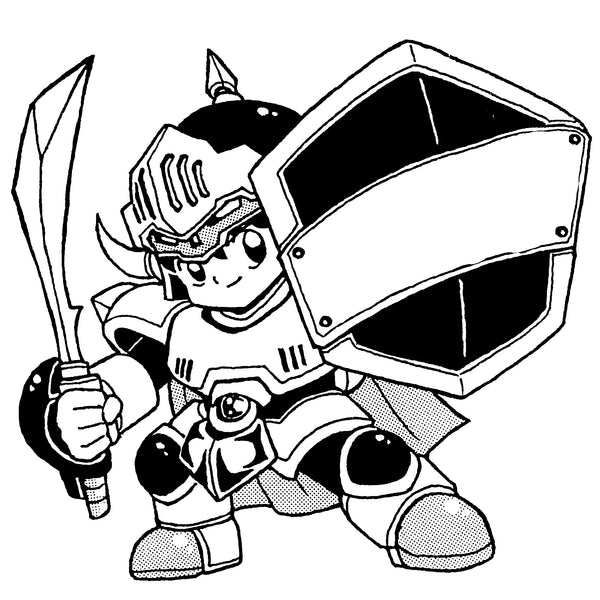Part 2: The War for Supremacy and the Legendary Software
Part 4: Gather, Creators

The biggest factor in the "Cambrian Explosion" sparked by the PlayStation wasn't just its hardware performance. It was Sony's new strategy: "a thorough respect for the creators." By keeping development costs down and respecting creative freedom, Sony gathered many talented creators to the PlayStation, who had previously been standing before the high wall of Nintendo.
Part 5: The Ultimate Weapon Named "RPG"

And then, in 1997, one game born from that "freedom" effectively put an end to the war for supremacy: "Final Fantasy VII." The news that Square's flagship title was moving to the PlayStation sent shockwaves through the industry. This masterpiece, which used the full capacity of the CD-ROM to depict a grand story with beautiful CGI movies, was a true "event." People all over the world bought a PlayStation just to play this game.
Part 6: A Glorious Bloom of New Ways to Play

But FFVII was just the beginning. In the "Cambrian Sea" where creators were unleashed, new forms of "play" were born one after another. Resident Evil created "survival horror." Metal Gear Solid elevated narrative expression with "stealth action." Gran Turismo taught us a love for cars with the "real driving simulator."
And among them all, one game signaled the arrival of this new era with a single, heavy fist: "Tekken."
It possessed a deep "narrative" unseen in fighting games before it. It wasn't just about winning; every single character had a detailed background and a reason to fight. And it had the cutting-edge 3D graphics to express it all. That unique "rhythm" of measuring the distance to your opponent and landing a blow. Tekken was a symbol of the revolution, an engine of "expressive power" unique to the PlayStation, running at full throttle.
(To be continued in Part 3: The View from the Throne)
